Could a reimagined Sacramento Zoo be an innovator for animal wellness, sanctuary and habitat protection?
By Scott Thomas Anderson
An okapi is smacking on his food, his nostrils flaring, the horn-like ossicones on his head forking forward as his mouth bends sideways. Kids at the Sacramento Zoo stand a few feet away, wonder-struck.
They marvel at the crimson and smoky ribbons wrapping the forest giraffe’s shoulders and the lashing zebra-like stripes that jet down his legs. One of the grade schoolers can barely contain himself as he starts explaining the okapi’s taxonomical link to the giraffes wandering in a nearby corral. A future veterinarian? The next intrepid biologist? The boy keeps reading every word posted about the okapi as droves of students hurry by him in every direction.
There’s an energy to this shady hideaway in Land Park. Children rush to the chimpanzees. They huddle near the snow leopards. They point at trotting zebras. They motion friends over to see the jaguar. And from one side of the tree-lined labyrinth to the other, there’s not a single pair of young eyes staring at a cellphone.
On this July morning, the Sacramento Zoo is living up to one of its missions. It is filling the next generation with a true sense of the natural sublime. It may just be a peek, a series of small glimpses of the animals and plants on landscapes around the globe, but it’s clearly sparking empathy in the kids—and making them aware of mesmerizing but disappearing corners of the wild.
Four miles away in downtown, far removed from the laughs and shouts echoing over the okapi pen, a political tug of war is underway over the future of North Natomas and the destiny of the Sacramento Zoo.
So far, the headlines have centered largely on economics, tourism and neighborhood vitality. City leaders and the Sacramento Kings assured Natomas residents in 2013 that once they lost their sports arena, it would be replaced by a new “shovel-ready” attraction before Golden 1 Center even opened. For Natomas residents, anger over that broken promise appeared it might ease when the zoo announced it needed a new, much bigger home.
“We’ve been waiting for years to hear something is happening at that location,” says Brandy Tuzon Boyd of the We Want a Zoo campaign in Natomas. “The kind of zoo that could exist at that specific spot would be a family-friendly, entertainment-based draw that the people of our city would love and that visitors would gravitate to from all over.”
But politics is never simple.
As city leaders commissioned a $150,000 zoo feasibility study in May, staff also included at least two other sites as leading candidates for relocation, leaving Natomas’s zoo hopefuls trying to gauge where exactly each City Council member aligns. The Sacramento Kings exact position on the issue is also unclear.
Yet a closer look at why the Sacramento Zoo is interested in a much larger property—the Sleep Train Arena site has 185 acres—reveals another story that is unfolding. By nearly every metric, the current landlocked, 14-acre zoo can’t grow, evolve or even maintain its status as a quality home for animals, especially in light of new science on wildlife health. The Sacramento Zoo has acknowledged those challenges.
“Our tigers and lions were in enclosures, or habitats, that were essentially unchanged since 1961,” says Jason Jacobs, who took over as zoo director in January 2018. “That’s why we made the extremely difficult decision to send our tigers out.”
The rest of the zoo’s leadership team echoes Jacobs’ concerns, saying their animals “deserve better” and that a greatly expanded site would allow them to build “large, complex and enriching habitats.”
But animal advocates are hoping that if the zoo somehow accomplishes that, it will only be the beginning of following the model of cutting-edge facilities that are reimagining the very concept of a zoo. Several zoo directors have proven that moving from the Victorian-era focus on caged spectacles to a 21st century commitment to animal rescue and well-being and habitat protection is the best path to long-term success.
Could an expanded, reinvigorated Sacramento Zoo be the next innovator? Jacobs says his team wants to find out.
Another trail
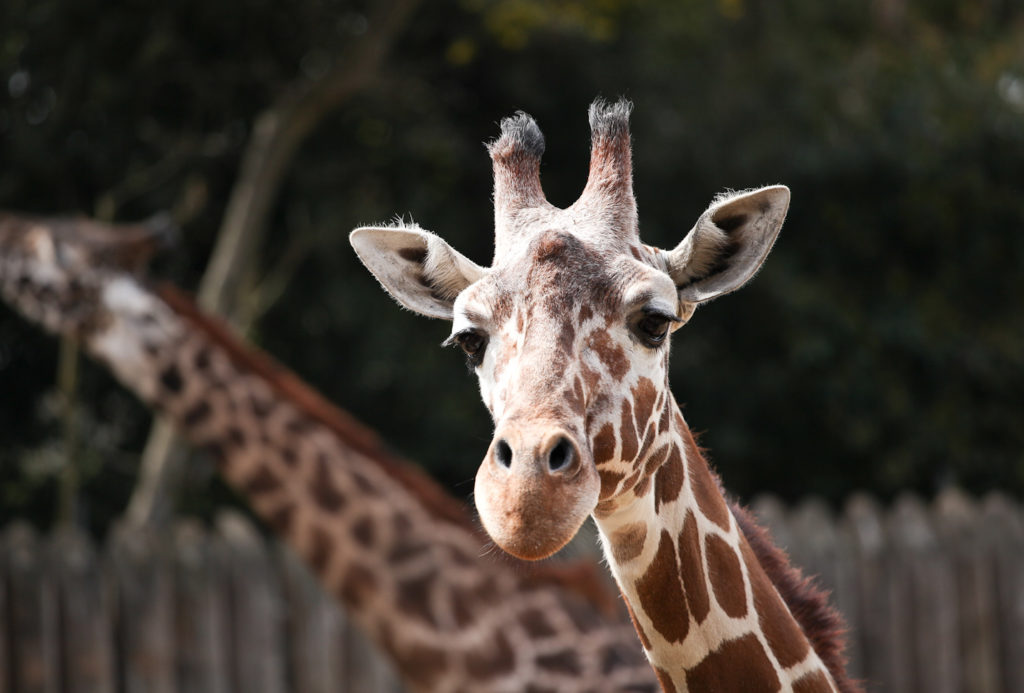
Osh, a tusked, towering African elephant, drags his snout across a glassy surface of water. People at the Oakland Zoo watch his herculean head drop from a distance. When Osh has his fill, he goes wandering alone through six sprawling acres that, for now, he has to himself.
Later, Osh will be rotated into a different spacious area, while three female elephants enjoy trotting along these open grades and hillsides. Osh has been domineering toward the females lately, says Oakland Zoo employee Danial Flynn, so the females need some space from his antics. And at the moment, the Oakland Zoo gives its elephants more space to roam than any facility in the nation.
It’s not just the pachyderms that have breathing room. From its Malaysian sun bears to its troop of baboons, the Oakland Zoo features some of the largest enclosures and living conditions of any zoo in America. Its jaguar enclosure, for example, appears to be 8 to 10 times larger than the one at the Sacramento Zoo.
Justin Barker, who grew up in Sacramento and founded Citizens Lobbying for Animals in Zoos when he was just 13, says that his grassroots group wants any new version of the Sacramento Zoo to have a strong commitment to improving the living conditions for animals.
For the Oakland Zoo, steering toward a more humane philosophy has paid off. It’s closing in on having a million visitors a year.
The story of transformation was three decades in the making and spearheaded by its director, Joel Parrott, a veterinarian. When he was hired, the Oakland Zoo was under constant criticism for the health of its animals. Parrott believed that if the zoo could emphasize animal welfare above any other priority, it would reenergize the public’s interest—and create a powerful place to meditate on the plight of animals in the wild.
Today, by making its enclosures larger and more relaxing for the animals, this means patrons are often watching the animals from further away.
“You get your educators out there to help tell the public why you’re doing it,” Parrot says. “The people are seeing the animals in a non-stressed state. They’re seeing them do natural behavior. They know what they’re seeing.”
Parrot isn’t the only head of an American zoo viewed as a trailblazer. Ron Kagan, director of the Detroit Zoo, has also been lauded for bringing a careful, empathy-driven approach to the treatment of animals. In 2016, the Detroit Zoo moved its 75 penguins into a 33,000-square-foot, 326,000-gallon state-of-the-art facility, complete with Arctic winds and icy waterfalls. No other penguins in captivity enjoy an environment like it.
Kagan also insisted that his zoo, in a city where the winters are long and frigid, not house wildlife used to a warmer climate. The penguins, along with polar bears and arctic foxes, are now some of the top attractions. The zoo does not have animals that belong in extremely hot, subtropical environments, such as orangutans. Finally, the Detroit Zoo works to make sure it’s not keeping instinctually social animals isolated, or solitary species in crowded conditions, which causes stress.
“Beyond the science, you have to use common sense and you have to use compassion,” Kagan says. “If you take on the responsibility of having something in captivity, you have to ensure that it will not only survive, but that it will thrive. It’s about quality over quantity.”
Leaders at the Sacramento Zoo are hoping a relocation and reinvention will allow them to follow at least some of the principles put in place in Detroit and Oakland. They want the room to recreate an African savannah larger than the entire current zoo with giraffes, zebras, antelopes, gazelles and other species “living together as they do in nature,” the leadership said in a public statement. They have also discussed generally larger enclosures for primates and other animals.
“A lot of the reason that two-thirds of the animals that used to be at the Sacramento Zoo aren’t there anymore has to do with decisions on animal wellness,” Jacobs says. “Space is a quality of life issue for some animals.”
Give me shelter
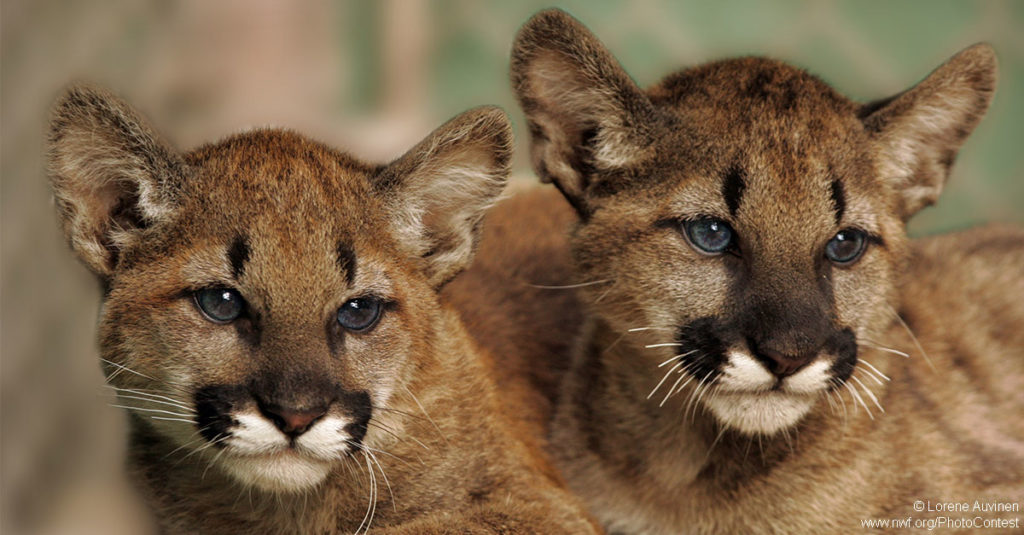
A golden-brown grizzly bear sits waist-deep in a pond, his claws playfully thrashing the water, occasionally grazing his wet nose. His nearly 3-acre pen at the Oakland Zoo sits at the top of a hill overlooking seaside neighborhoods around the East Bay and then out to the Pacific Ocean.
The grizzly, which was saved from being euthanized as a cub after his mother was deemed a problem bear in Alaska, lives in the zoo’s recently opened California Trail—a 56-acre expansion that doubled the size of the zoo and added a secluded oak woodland dedicated entirely to North American species. Most of the animals living on the trail were brought for sanctuary by the California Department of Fish and Wildlife. State and federal biologists often struggle to find long-term sanctuaries for orphaned animals that can’t go back in the wild, especially mountain lion and black bear cubs.
The Oakland Zoo has taken in three rescued mountain lion cubs—one from El Dorado County—and a black bear and her triplets. The mother bear had broken into a house in Kern County and then behaved defensively when its owner confronted her. The zoo prevented the sow and her cubs from being euthanized.
Parrot’s team also has a program for detoxing California condors that have secondary lead poisoning and getting them back in the wild.
“If they test positive, the condors are brought to our vet hospital,” Parrot explains. “We provide a drug that brings down the lead to a safe level, then they go back to Pinnacles National Park.”
The Detroit Zoo has also put a public punctuation mark on its rescue work. Kagan says it took in a lion that was guarding a crack house in Detroit, a lion that had been wandering a junkyard in Kansas, a bear held as a mascot and viciously abused, and a polar bear that a fly-by-night circus was dragging through the heated jungles of the Caribbean. Kagan’s team has made it a point to tell each animal’s story.
“Part of the education is to show those cases where people have really failed these animals,” Kagan says.
While the Sacramento Zoo has taken some rescue animals, most were bred in captivity or transferred from other zoos. It hasn’t had space for large California wildlife needing sanctuary. In the region, that burden has been taken on by the much smaller Folsom Zoo, which continues to be a sanctuary for black bears, mountain lions, bobcats and Pacific Northwest wolves.
If a larger Sacramento Zoo is built, Citizens Lobbying for Animals in Zoos wants it to have dedicated space for North American wildlife.
“The Sacramento Zoo has an opportunity to think bigger than what they’re thinking, and bigger than business as usual,” Barker says. “It should focus on being a refuge for animals rather than a way station.”
Jacobs says that while there are a lot of unknowns until the feasibility study is done in a few months, he and his team have a lot of interest in doing sanctuary work.
“We’d love to have a habitat that focuses on the Sacramento Delta and American River wildlife,” he says. “And we’d love to be in a position to help rescue animals like grizzly bears.”
Jacobs adds that Colombia is currently looking for long-term homes for hippos that were imported by the late drug lord Pablo Escobar and aren’t doing well in its climate.
“Those are conversations we’re interested in having,” he notes.
Darkness in the forest
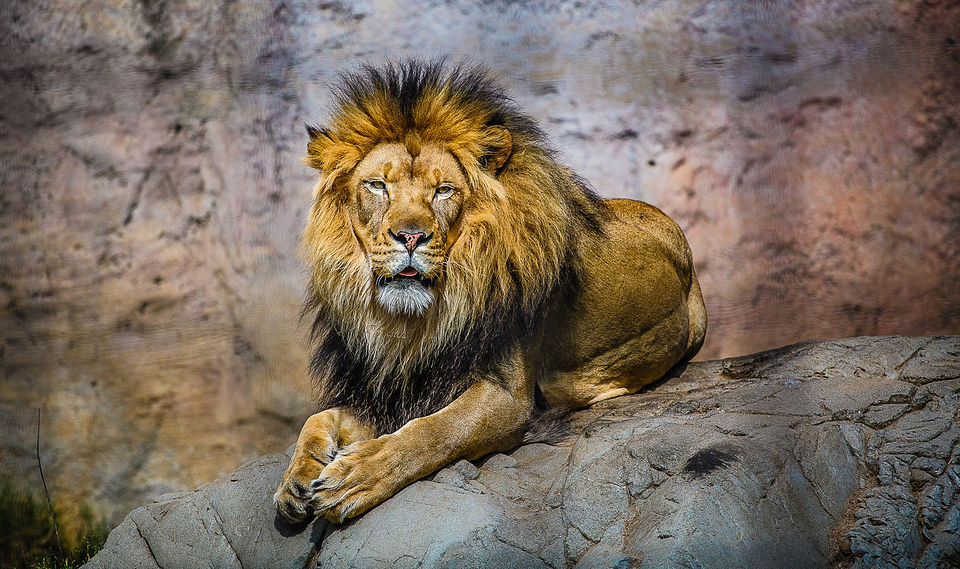
Indah, a smooth-haired Sumatran orangutan, rocks back and forth on a tree branch, her long arm grabbing a rope against the breeze. She eventually climbs down, waddling toward her rock enclosure inside the Sacramento Zoo.
Stacy Broyles approaches Indah’s enclosure with her 1-year-old niece, Bailey, who’s smiling and jabbering at other critters flashing by. Broyles says it’s important to teach children about wildlife at an early age.
“There’s a lot of people causing harm to animals in the world, and I think this is a good way to teach kids about what’s special when it comes to animals,” she says.
Indah and the two orangutans that live alongside her, Makan and Cheli, are a major attraction. Orangutans have been a draw for years, going back to Urban, a shaggy male who wowed visitors with his size, and Ginger, a spry female, who set the world record for the oldest orangutan in captivity. Urban died in 2009 and Ginger in 2011.
But for as much fascination as orangutans have brought to visitors, the reality is that this gentle, highly intelligent species is facing its twilight. Orangutan numbers in the wild have plummeted over the last century. The World Wildlife Fund has listed Sumatran orangutans as critically endangered, with only between 8,000 and 14,000 left in the rain forests of Southeast Asia.
While the Sacramento Zoo does participate in the Association of Zoos and Aquariums’ Sumatran Orangutan Survival Plan—a research and breeding program—the main areas of conservation it is funding are zebra habitat protection, some California wildlife restoration and a program to reduce lion-human conflicts in Africa. The zoo estimates it has contributed about $1 million to various conservation programs over the last decade.
Animal advocates hope that a larger Sacramento Zoo would strive to fund much more direct conservation, especially on behalf of the most threatened species that draw visitors through its gates.
“What’s important is that we’re conserving the environments these animals live in, and not just saying, ’OK, we give up, we’re only going to have these animals in captivity,’” Barker stresses.
That includes the zoo’s biggest stars, like the orangutans. According to orangutan conservation biologist Leif Cocks, the imperiled apes need all the help they can get. Cocks operates the Orangutan Project, a nonprofit working to establish complete ecosystems that could allow the apes to survive.
“Zoo populations of Sumatran orangutans are unsustainable, and saving small patches of rain forest is unsustainable,” Cocks explains. “That means we’re a $3 million-a-year organization with a $20 million-a-year problem. That’s literally the gap for us when it comes to saving viable ecosystems for all species of orangutans to survive.”
Of the Orangutan Project’s current funding sources, no money is coming from the world’s zoological societies, he says. He adds that in his experience, most zoos—and most corporations—want to make small, one-time donations in exchange for positive publicity. As a biologist who formerly worked in the zoo industry, Cocks says the public needs to understand what participation in the AZA’s Sumatran Orangutan Survival Plan actually means.
“The zoos’ breeding programs are only designed to sustain captive populations,” Cocks says. “There’s probably a lot of zoo employees who genuinely want to help, but I think there’s some cognitive dissonance around this.”
Here again the Oakland and Detroit zoos have tried to be better models, steering funds to long-term habitat conservation programs for the very animals that are their biggest draws: elephants and penguins, respectively.
Jacobs says that the Sacramento Zoo has recently taken an important step in that direction by starting to raise funds for the Okapi Conservation Project, which seeks to both lift villagers out of poverty who live near the Okapi, as well as pay the workers who protect the elusive animal in the Okapi Wildlife Reserve.
Jacobs adds that if a new Sacramento Zoo could close in on 1 million visitors a year—double its current attendance—it will certainly be funding more conservation projects.
“Imagine what we could do,” he says. “It’s not about the number of programs, it’s about making sure those programs have the most impact. But either way, I see a greater commitment.”
Different players are pushing the conversation in different directions as the feasibility study is getting underway to determine exactly what kind of new Sacramento Zoo is possible. The cost depends on the size of the expansion and the location; it would be financed by a mix of private donations, fundraising efforts and city revenues.
While private donors are interested in helping the zoo expand, City Councilman Steve Hansen continues to remind everyone that the city would be responsible for land acquisition and a good portion of construction.
Barker plans to ask the City Council, which technically owns the animals, to commit to keeping families together for life and to having clearly defined purposes for any breeding program, beyond just increasing captive populations.
For his part, Jacobs continues to talk to his team about what’s possible, including using their recognized expertise in caring for thick-billed parrots to run a rehab center that could help return more of the rare North American bird back into the wild.
Boyd says Natomas residents will press on with their We Want a Zoo campaign. She adds that any progress on animal welfare, sanctuary and habitat conservation will only make the zoo more popular.
“This project shouldn’t be about just putting animals in bigger cages,” Boyd says. “It’s about a vision where we can do more for the animals.”
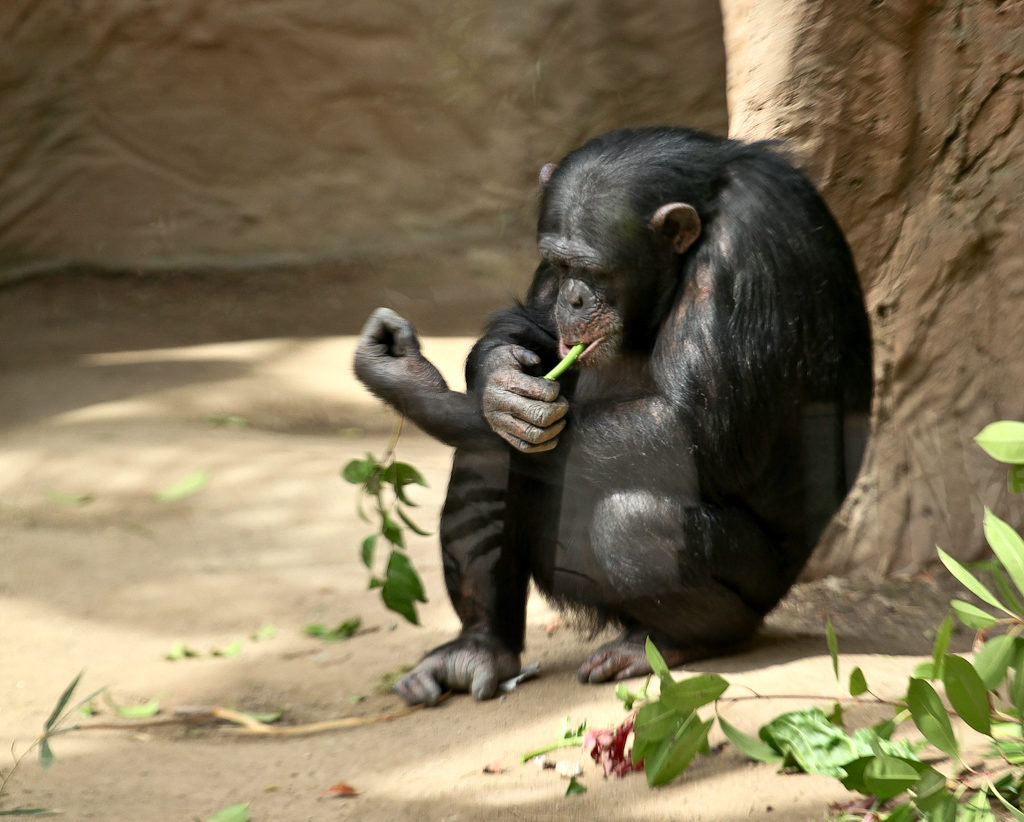

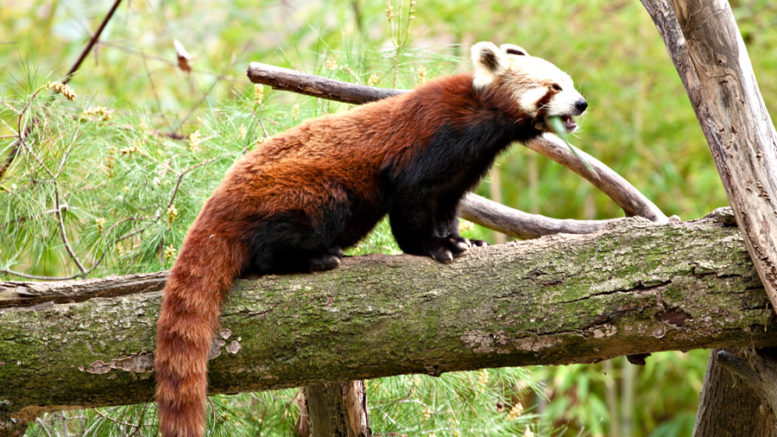
Be the first to comment on "Recovering the wild"